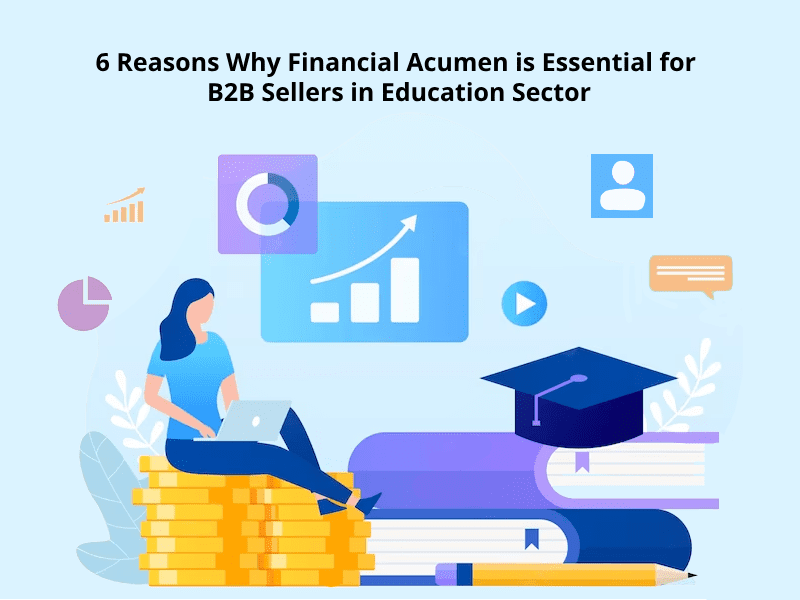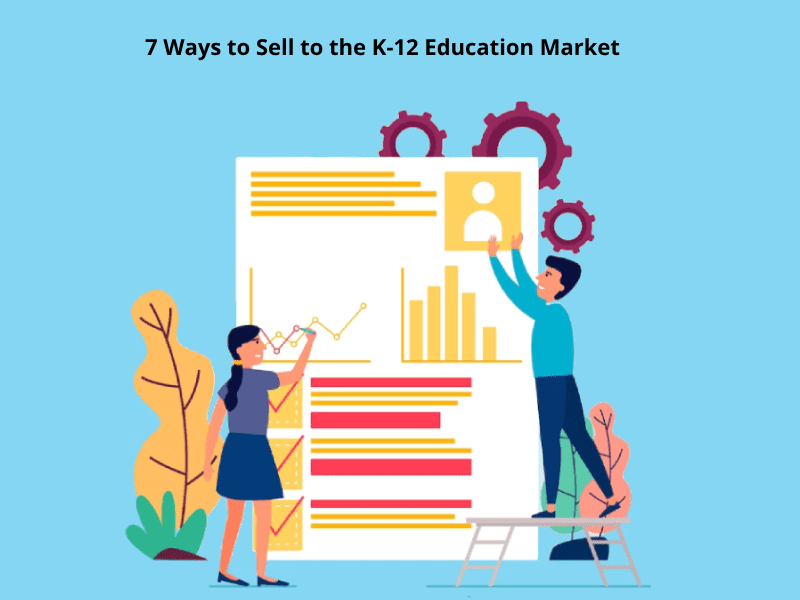As a B2B salesperson, your primary objective is to generate revenue for your organization. However, without a solid understanding of financial principles, achieving this goal can be quite challenging. In fact, according to a recent study, 47% of B2B Sales People struggle with financial proficiency, which can lead to a host of issues.
One of the biggest challenges faced by B2B Salespeople who lack financial proficiency is an inability to effectively communicate the value of their products or services. This is because they may not understand the financial impact of their offerings on their clients businesses, making it difficult to articulate the potential ROI of their solutions. As a result, potential clients may be hesitant to invest in their products or services, leading to lost sales opportunities.
Another struggle faced by B2B Sales Reps without financial proficiency is difficulty in navigating complex pricing structures. This can lead to confusion and miscommunication with clients, which can ultimately damage the salesperson’s credibility and relationship with the client.
Furthermore, a lack of financial proficiency can also hinder a B2B Salesperson’s ability to negotiate effectively. Without a clear understanding of financial principles and the client’s financial situation, the salesperson may struggle to make informed decisions about pricing, discounts, and other incentives.
6 Reasons Why Financial Acumen is Must for B2B Sellers in Education Sector
- Understanding Customers Budget Constraints
The B2B Sellers in the education sector need to understand their customers’ budget constraints. They need to be able to sell their products and services within the budget constraints of their customers. By having financial acumen, B2B sellers can help their customers make informed decisions about their purchases. According to a survey conducted by EdTech Magazine, 68% of K-12 school districts have experienced budget cuts. By understanding their customers’ budget constraints, B2B Vendors can tailor their offerings to meet their customers needs.
- Calculating the ROI of Products and Services
The B2B Product Sellers in the education sector need to be able to calculate the ROI of their products and services. They need to be able to demonstrate the value of their offerings to their customers.
A survey report by EdTech Digest, the global education technology market is expected to grow at a CAGR of 17.0% from 2021 to 2028. By understanding the market and being able to calculate the ROI of their offerings, B2B sellers can demonstrate the value of their products and services to potential customers.
- Pricing Strategies and Profit Margins
B2B sellers in the education sector need to understand pricing strategies and profit margins. They need to be able to price their products and services in a way that is competitive and profitable.
For example, according to a report by Technavio, the global Education Services Market is expected to grow by $306.24 billion during 2021-2025, with a CAGR of over 14%. By understanding the market and their competitors pricing strategies, B2B sellers can price their offerings in a way that is competitive and profitable.
- Cash Flow Management
B2B sellers in the education sector need to understand cash flow management. They need to be able to manage their cash flow to ensure that they have the resources to operate their Business.
According to McKinsey & Company, the COVID-19 epidemic has disrupted education institutions worldwide and created a $148 billion financial shortfall. By understanding cash flow management, B2B sellers can manage their resources effectively and ensure that they have the resources to operate their business.
- Forecasting Future Sales
B2B sellers in the education sector need to be able to forecast future sales. They need to be able to predict future demand for their products and services.
For instance, HolonIQ predicts a $10 trillion worldwide education industry by 2030. By understanding market trends and forecasting future sales, B2B sellers can prepare their business for future growth.
- Understanding Financial Statements
B2B sellers in the education sector need to understand financial statements. They need to be able to analyze their financial statements to make informed Business Decisions.
According to IBISWorld, the American educational support services business generated $55.6 billion in 2021. By understanding financial statements, B2B sellers can analyze their financial performance and make informed business decisions.
End Point:
A B2B Selling in the education sector requires a strong understanding of financial metrics to succeed. Educational institutions, such as schools and universities, often have limited budgets and resources and prioritize cost-effectiveness and return on investment when making purchasing decisions. Therefore, B2B Lead Sellers who can demonstrate their financial acumen are more likely to win over potential buyers and close deals.
Financial acumen is especially crucial in the education sector, where budget constraints are common, and funding sources may be uncertain. To be successful, B2B Sales Executives must be able to provide a clear and concise explanation of the financial benefits of their products or services, such as cost savings or increased revenue, to help potential buyers justify their investment.









